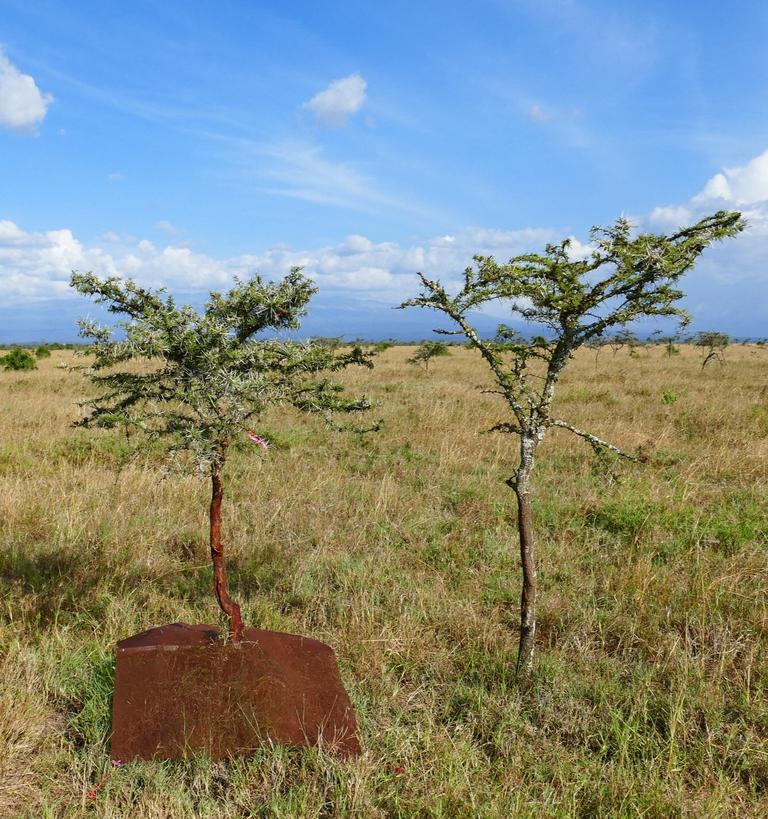Ant-Acacia Mutualism

Ant-Acacia Mutualism
Institutions: University of Nevada, Reno
Principal Investigator: Elizabeth Pringle, epringle@unr.edu
The Ant-Acacia Mutualism Project works to understand how ant species and density in the inhabitation of acacia domatia influences the overal fungal communities and microbiome within the tree.
Most trees need animals (or microbes) to help with defense and nutrients. These service providers, called tree mutualists, are rewarded with carbon by the tree. This relationship likely has impacts on the carbon cycle, but those impacts have rarely been quantified.
By studying the mutualism between trees and defensive ants in Kenya, we can determine how much tree carbon is invested in mutualists, where that carbon comes from, and whether tree-carbon investment changes when mutualisms are disrupted by human-driven change, like the decline of large mammals (i.e. elephants) and the spread of invasive ant species.
